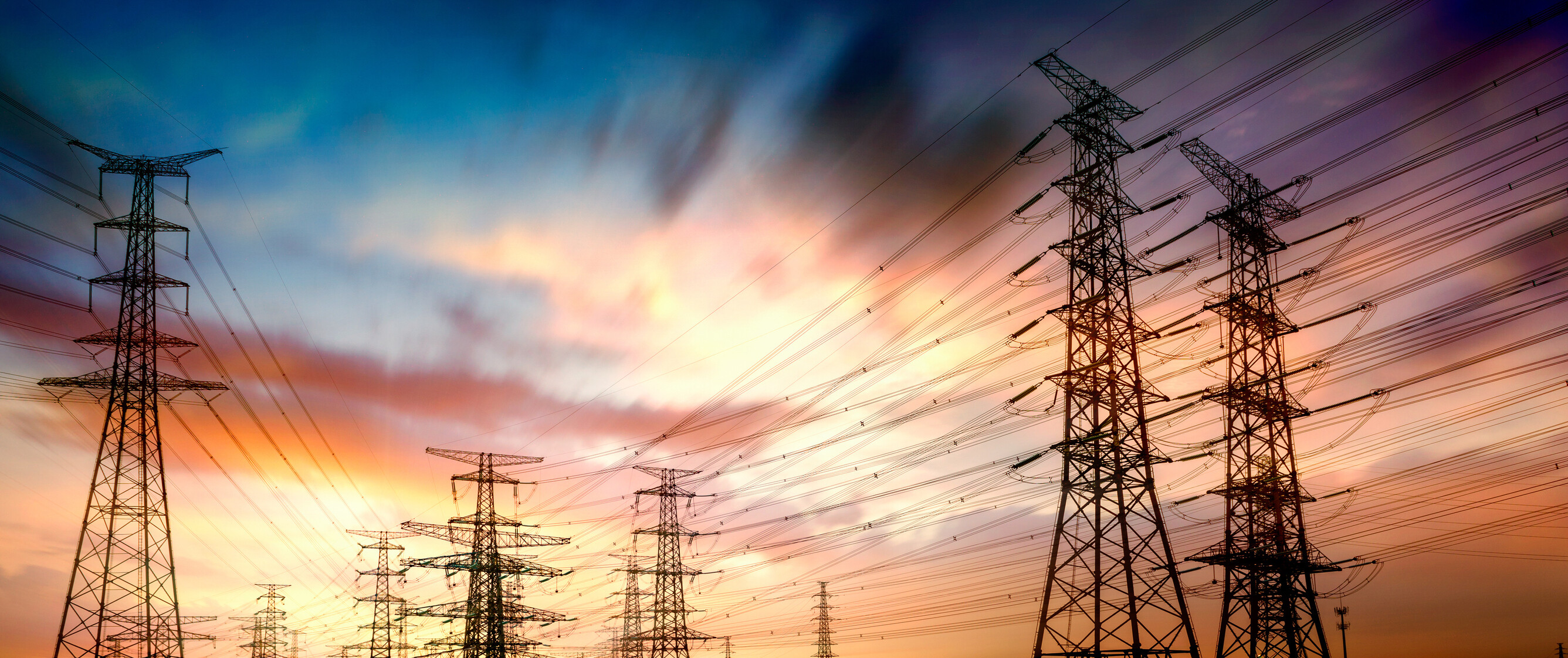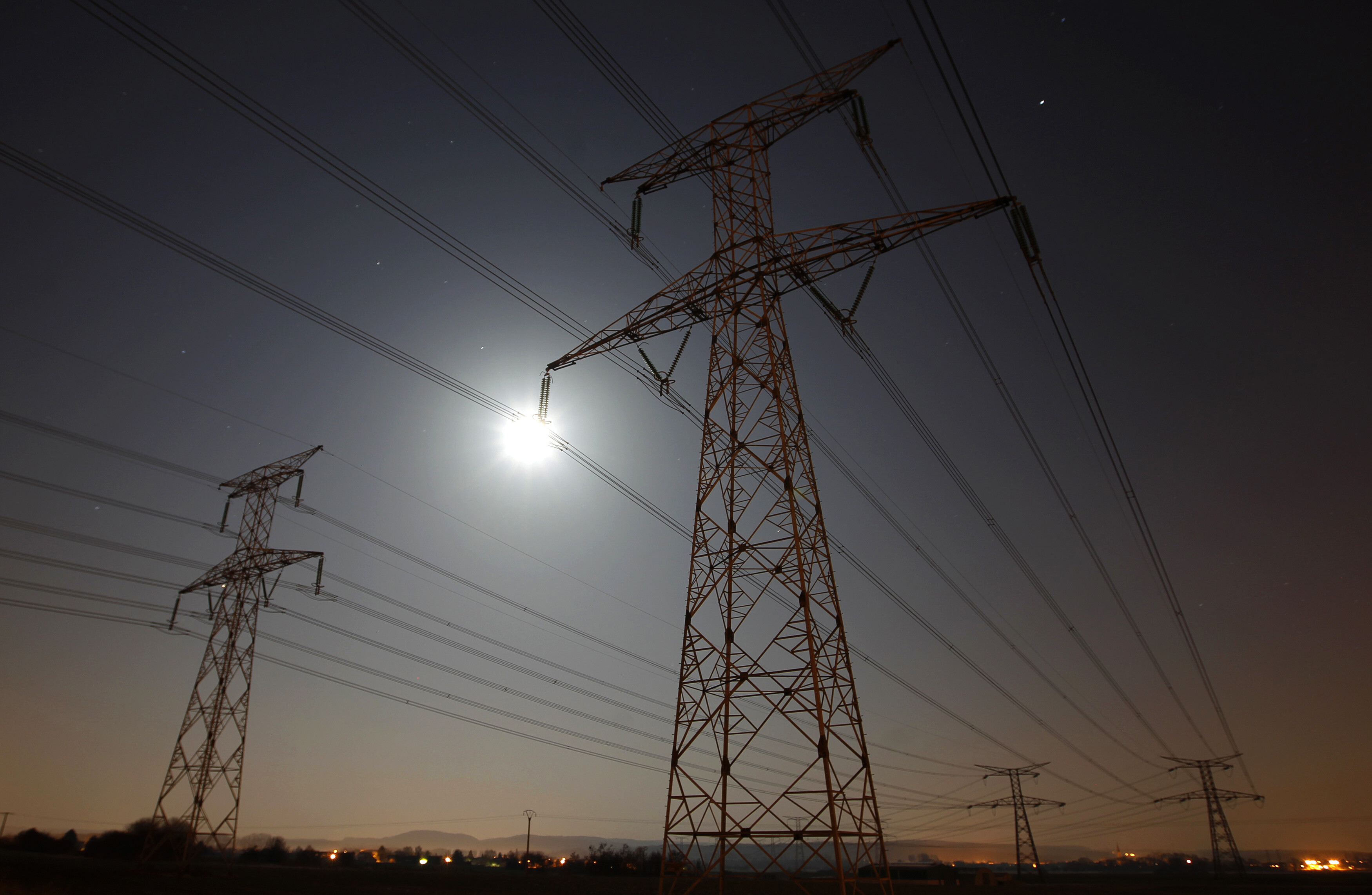When it comes to energy, is Norway just lucky?

Norway’s wealth of energy resources is part of the reason that it comes in first place on the World Economic Forum’s 2013 Global Energy Architecture Performance Index (EAPI). Image: REUTERS/Reuters Staff
In a series of blog posts leading up to the launch of the World Economic Forum’s Global Energy Architecture Performance Index Report 2013 on 11 December 2012, Arthur Hanna, Managing Director of Accenture’s Energy Industry Group, explains why Norway’s top ranking on the Index is more than just luck
Norway’s wealth of energy resources is part of the reason that it comes in first place on the World Economic Forum’s 2013 Global Energy Architecture Performance Index (EAPI).
The EAPI scores and ranks 105 countries globally on how well their energy system promotes economic growth and development, environmental sustainability, and energy security and access – the three elements of the energy triangle. But can Norway’s excellent performance be explained just by good geological luck?
Norway’s energy resources help drive the high score
Norway provides much of the oil and gas consumed in Europe. This drives Norway’s GDP. According to the Norwegian Petroleum Directorate, crude oil, natural gas and pipeline transport services accounted for 21% of GDP and 26% of government revenues in 2010. Hydropower, which provides over 95% of Norway’s electricity supply, based on data from the International Energy Agency (IEA), has contributed to some of the lowest domestic and industrial electricity prices of the IEA member states.
But sound policy has meant sustainable development of these resources
Norway’s Government Pension Fund has proven a far-sighted and beneficial mechanism for managing Norway’s resource windfall. Filtering revenues through the fund has helped avoid the overheating and inflation often linked to large resource proceeds, and energy sector investment has had spill-over benefits for engineering and ICT industries. Resource revenues have also been invested on a national basis, not just in industry.
Compare this to the United Kingdom where hydrocarbon revenues drove up the sterling’s exchange rate, impacting exports, and have been used to prop up government spending on a short-term basis since the 1970s, with little to show after 40 years of extraction by comparison with Norway.
Norway’s policy considers the country’s environmental responsibilities too. The flagship Enova SF programme has improved the energy efficiency of Norwegian industry above the EU average over the last decade. Investment in RD&D for clean energy initiatives is the third highest among the IEA member countries and the government has pledged to make Norway carbon neutral by 2030, bringing forward the original 2050 deadline. Norway wishes to be a driving force on a new climate change treaty to replace Kyoto.
There’s still work to do
Norway’s oil and gas sector is a heavy emitter of CO2 and the passenger vehicle fleet has a relatively poor vehicle efficiency compared to the European average. In response to these challenges, Bard Vegar Solhjell, Norway’s Environment Minister, has recently pledged over US$ 8.2 billion to drive industry CO2 cuts to meet the nation’s target of 30% emissions reduction by 2020. Transport, manufacturing, and the oil and gas sector will have to meet the majority of these.
The future’s bright for Norway
With plans confirmed to partner in the construction of a sub-sea electric power interconnector with the United Kingdom and Germany, Norway will strengthen the northern European electricity grid and increase its own supply security. Enova SF’s measures to promote energy efficiency means the government should also avoid an energy intensity increase. And Norway has recently gained 54,000 square miles of continental shelf for the development of further oil and gas deposits in an agreement with Russia.
Overall, a strong energy policy has been coupled with multiple energy resources to deliver cheap, secure and relatively clean power to Norway, and generated large and stable national revenues.
Author: Arthur Hanna is Managing Director, Energy Industry, Accenture, United Kingdom.
Image: A windmill near the ocean on the North Sea island of Utsira REUTERS/Reuters Staff
Don't miss any update on this topic
Create a free account and access your personalized content collection with our latest publications and analyses.
License and Republishing
World Economic Forum articles may be republished in accordance with the Creative Commons Attribution-NonCommercial-NoDerivatives 4.0 International Public License, and in accordance with our Terms of Use.
The views expressed in this article are those of the author alone and not the World Economic Forum.
Stay up to date:
Energy Transition
Forum Stories newsletter
Bringing you weekly curated insights and analysis on the global issues that matter.
More on Energy TransitionSee all
Waisheng Zheng and Kristen Panerali
November 22, 2025






